|
This month we’re traveling to Jumilla, a small wine region in southeastern Spain, to bring you treats for the palate! For an in-depth exploration of Jumilla, and its star grape Monastrell, the region’s principal grape variety, please click on the link below to read my article. http://thewineknitter.com/1/post/2022/01/visiting-royalty.html While visiting Jumilla in 2021, I had the opportunity to meet with the owners, David Ferraje and Helio Abellán of Bodegas Carchelo. Over a sumptuous meal, I tasted their portfolio of impressive wines. Bodegas Carchelo was founded in 1990 and is located at the foot of the Sierra del Carche mountains, reaching an altitude of 1371 meters above sea level. They have estate vineyards situated in five subregions of Jumilla, each with varying soil profiles and climate exposures that add to the character of these wines. In addition to producing high-quality wines, Bodegas Carchelo also focuses on respecting and protecting the environment. So let’s wine and dine Jumilla style! Carchelo DOP Jumilla 2020 Carchelo is an award-winning organic certified and vegan-certified wine made with 100% Monastrell. The grapes are hand-harvested from various estate vineyards with different soils, altitudes, and exposures to seek the balance and character typical of this territory. This wine is aged for six months in 225-liter French oak barrels and a minimum of three months in bottle. Nose: Red fruit, berries, plum, and spice. Palate: A fresh and lively wine with notes of red and dark berries, spice, balsamic, balanced acidity, and it is smooth with a persistent finish. Alcohol: 14.5% SRP: $16.99 Pairing suggestions: Medium cheese, pasta, tapas, and charcuterie. Bodegas Carchelo suggests pairing this wine with a traditional Spanish dish. Tortilla De Patata (Spanish omelet) Tortilla de Patata is a traditional dish commonly served throughout Spain. It is offered in cafes and bars as a tapa or appetizer and served as a light dinner in Spanish homes. Since there are so few ingredients, the key to making a perfect dish is to use excellent olive oil and fresh eggs. The oil is used for cooking the potatoes, and its flavor can be tasted throughout the finished dish.
The Spruce Eats provided the following recipe that serves six as an entree or 8-10 servings as an appetizer. Prep time: 15 minutes Cook time: 30 minutes Cool time: 15 minutes Ingredients: 6 - 7 medium Yukon potatoes peeled 1 medium yellow onion diced into 1/4” pieces 1/2 tablespoon kosher salt, or to taste 1 1/2 to 2 cups Spanish olive oil 5 large eggs Instructions: 1) Hand slice the peeled potatoes in half lengthwise. Then, with the flat side down, cut the potatoes into approximately 1/8-inch thick pieces. 2) Place the potatoes and onions in a large bowl, sprinkle with salt, and gently mix together. 3) In a large, heavy, nonstick frying pan, heat 1 1/2 cups of olive oil over medium-high heat. Carefully place the potato-onion mixture into the frying pan, spreading it evenly over the surface. The oil should almost cover the potatoes. Turn down the heat slightly so the potatoes do not burn—you want them to fry slowly until tender and creamy. 4) Cook the mixture until the potatoes are done—if a slice of potato breaks easily when poked with a spatula, the potatoes are done. Remove the mixture from the heat and drain, or remove with a slotted spoon. Let the potatoes cool off. To speed up the process, carefully spread them out on a baking sheet. 5) Crack the eggs into a large bowl and beat them by hand with a whisk or fork. Pour on top of the cooled potato-onion mixture. Gently mix together with a large spoon. Let sit for about 5 minutes. 6) In a 9- or 10-inch nonstick pan, heat 1 to 2 tablespoons of the remaining olive oil over medium heat. Add the egg mixture, spreading it out evenly. Allow the egg to cook around the edges. Carefully lift up one side of the omelet to check if the egg has slightly browned. The inside of the mixture should not be completely cooked, and the egg will still be runny. 7) When the mixture has browned on the bottom, remove the pan from the stove and place a large dinner plate bigger than your pan on top. Turn the pan alongside the plate, so the tortilla sits on the plate. 8) Place the frying pan back on the stove and add just enough remaining oil to cover the bottom and sides of the pan. Let the pan warm for 30 seconds or so. 9) Slide the omelet from the plate into the frying pan. Use the spatula to shape the sides of the omelet and allow it to cook for 3 to 4 minutes. Turn the heat off and let the tortilla sit in the pan for 2 additional minutes. Next, slide the omelet onto a plate or cutting board and slice it into 6 to 8 pieces, like a pie. Enjoy with a glass of Carchelo! Until next time… Salud and disfrute de su comida! Penina To leave a comment or if you have an inquiry, please contact me at [email protected] Cariñena wine region is the largest and oldest of the Aragonese DOs (Denominación de Origen) located in the Ebro Valley of northern Spain. It is sited to the south of the Ebro River, which is the second-longest river in the Iberian Peninsula. Cariñena was awarded DO status in 1932 making it one of Spain’s earliest areas to be demarcated. However, its winemaking history dates back to before Roman times. In the 15th century, the wines from Cariñena were the top choice for King Ferdinand I of Aragon as well as Voltaire, the French philosopher. Cariñena is a native red wine grape that most likely has its origins in Cariñena. This grape is also known as Carginan in France. It is thought that this grape was transplanted from the northern region of Spain to other parts of the world. Cariñena and Garnacha are the major red grapes grown in this region with Garnacha being the most widely planted. The majority of the wines made here are from Garnacha grapes. Small quantities of other local and international red and white grapes are grown here as well. Many wine styles are produced in Cariñena such as dry white wines, oak-aged reds, rosés, sparkling, fortified and sweet wines. Most of the vineyards in Cariñena are located at altitudes between 1,300 to 2,600 feet with vines on average between 30 to 100 years old. Soil is mostly composed of slate, limestone over rock and alluvial soils. The climate is Continental with cold winters and hot summers. In addition to the dramatic day and night temperature variations, the dry and cold Cierzo wind helps to moderate the semiarid climate in the summer. All of this contributes to the characteristics and intensity of the grapes and also slows down the ripening process and helps to soften the tannins. Here are two samples of Cariñena wines. Bodegas Paniza Fábula Garnacha Rosada DO 2018 Bodegas Paniza is a cooperative with approximately 300 winegrowers, established in 1953. Most of the vineyards are located in the highest altitudes of Cariñena. This wine is 100% Garnacha. Grapes were handpicked from vineyards located at an altitude of 2,297 feet with soil comprised of schist, chalk, loams and red clay. An inviting vibrant coral pink color sets the stage for this easy-drinking wine. Aromas of strawberry, raspberry and floral segue onto the palate with a hint of lemon zest on the finish. This is a dry, light and refreshing wine with just the right amount of acidity. Serve with seafood, light pasta and salads. Alcohol: 13.5% SRP: $8.99 Bodegas San Valero Particular Chardonnay Fermentado En Barrica DO 2017 Bodegas San Valero is a cooperative established in 1944. There are approximately 700 growers with vineyards covering a 3,500 hectares area at an altitude between 400 and 800 meters. This wine is 100% Chardonnay. Grapes were handpicked from high altitude vineyards. This wine was aged in French oak barrels for three months with weekly stirring of the settled lees back into the wine. This process helps to extract flavor, aroma and texture. A soft yellow color with green hues gives way to a very aromatic wine filled with white flowers, fresh fruit and hints of sweet apple and hazelnut. Pear, pineapple, vanilla, floral and hints of toasted nuts add to the creamy mouthfeel and richness of this wine. Serve as an aperitif or with seafood, grilled white meat and appetizers.
Alcohol: 12.5% SRP: $10-$15 The above wines have whetted my palate and I’m ready to explore more wines from Cariñena! Are you? Until next time… Cheers! Penina To leave a comment or if you have an inquiry, please contact me at [email protected] The story begins in a small village called Pesquera del Duero located on the banks of the river Duero in northern Spain. It was here in his hometown where he was born and raised that Alejandro Fernández turned from beet harvesting to winemaking. As a young boy, Alejandro’s father taught him how to make wine from the grapes of the surrounding vineyards and it became a lifelong dream to follow his father’s passion. It was Alejandro’s wish to someday make excellent wines that spoke of his homeland and in so doing, inspire the world to take notice. The beginning of Alejandro’s dream was finally realized in 1972 with his own bodega, a 16th century stone winery in the province of Valladolid where most of the winemaking took place. Alejandro’s first grape planting was Tempranillo and he produced his first vintage in 1972 called Tinto Pesquera. By 1982, Alejandro along with a few other wine pioneers founded the D.O. Ribera del Duero, establishing official recognition for the region. And now, almost five decades later, Alejandro, his wife Esperanza and four daughters own and manage an impressive little empire under the name Grupo Pesquera. Grupo Pesquera consists of four bodegas: Tinto Pesquera, Condado de Haza, Dehesa La Granja and El Vínculo. All the bodegas are dedicated to exclusively growing Tempranillo except for El Vínculo in Campo de Criptana (D.O. La Mancha), which also produces Alejairén, a white wine. Ribera del Duero has a high elevation and spans from the east of Aranda del Duero to Valladolid in the west. The major source of water for the vineyards in this region comes from the Duero River. The climate leans towards continental with a complexity of soils throughout the region. All the grapes for Grupo Pesquera are harvested by hand and Alejandro doesn’t let the calendar determine the harvest, only the grapes dictate when they are ready to be harvested. He feels that the harvest is the most significant element in winemaking. Alejandro uses a combination of French and American oak barrels for aging, making certain that the original character of the grapes is present and doesn’t allow the wood to define the grape. The Fernández family is dedicated to natural winemaking. Wines are neither filtered nor fined prior to bottling. Alejandro has been given the title of “Master of Tempranillo” and deservedly so. In following his intuition and not the rules, Alejandro has helped to establish Tempranillo as a fine wine in Ribera del Duero. His wines are rich and complex with an abundance of fruit-driven character. As per the rules of the D.O. Ribera del Duero, 75% of all red wines must be Tempranillo. Cabernet Sauvignon, Merlot and Malbec can make up the balance or up to 5% of Albillo or Garnacha. I recently received four samples from three of the bodegas. 2015 Condado de Haza Crianza – Ribera del Duero The Condado de Haza vineyards were planted in 1987 on a 200-acre estate located right next to the Duero River. With a focus on sustainable farming and maintaining the area’s biodiversity, chemicals are never used and an onsite purifier recycles all water. The soil is rocky and the estate experiences a cooler climate than that of the other three bodegas. 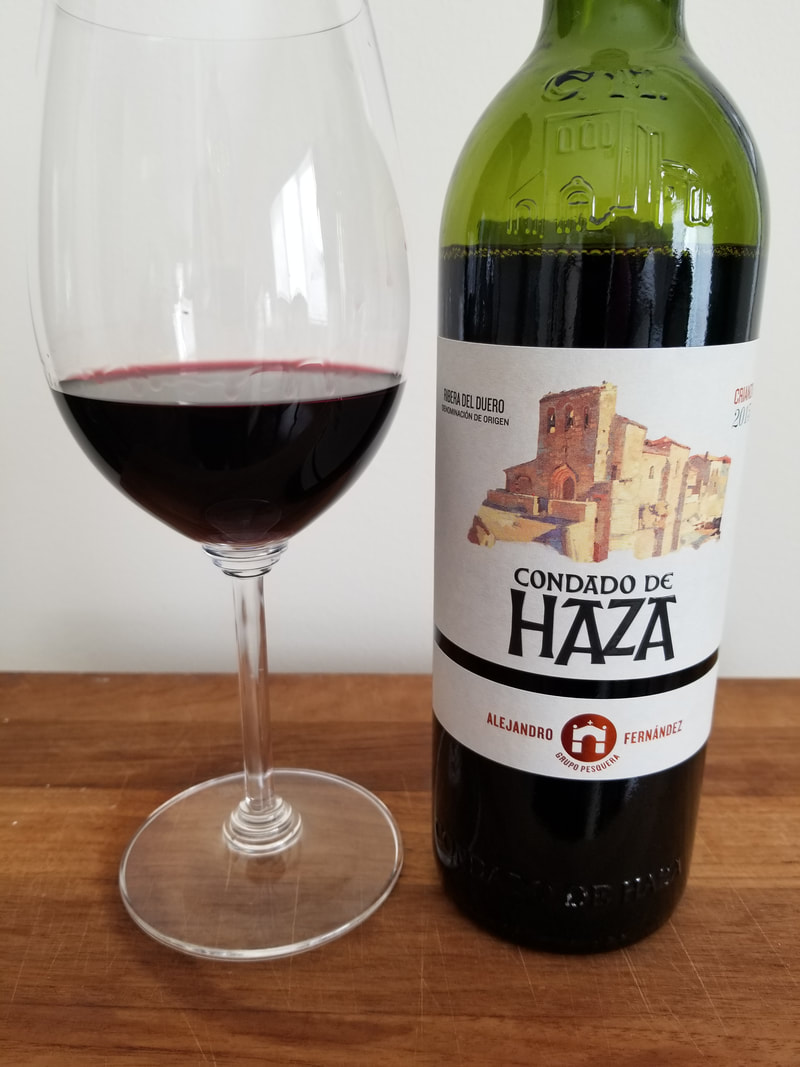 This wine is 100% estate-owned Tempranillo. After 18 months of barrel aging, the Condado de Haza Crianza is then aged for a minimum of 6 months in the bottle. The color is deep red, bordering on purple. Aromas of dark fruit, plum and sweet spice give way to a savory and understated dark fruit palate with hints of fennel, spice and chocolate. This is a straightforward wine with no pretention. It is nicely balanced with a long finish. Serve with grilled meat, hearty stews and spicy pasta. Alcohol: 14% SRP: $24 2013 El Vínculo Crianza – La Mancha After Alejandro discovered high-quality 100-year-old Tempranillo vines in the historic village of Campo de Criptana in La Mancha region, El Vínculo became the fourth estate. He signed a long-term lease in 1999 with the town’s best grape growers and assumed control of the yield of 50% of fruit dropped per year and harvest time. La Mancha is in the warmest region of the four estates and is exposed to more sun, heat and less moisture, but does experience an extreme continental climate. The vineyards have a combination of sandy and clay soil. This wine is 100% Tempranillo and aged for 18 months in American oak barrels and 6 months in the bottle prior to release. The color is deep red with wonderful aromas of ripe red fruit, plum, spice, violet and vanilla. Intense flavors of berries, plum, cherry liquor, earth, spice and toasted wood greet the palate. Round tannins and acidity are perfectly balanced with a long and persistent finish. Serve with grilled meats, poultry and stews. This is a lot of wine for the price tag! Alcohol: 14.5% SRP: $19 2015 El Vínculo Alejairén – La Mancha This is Grupo Pesquera’s first white wine with the first vintage released to the market in 2007. It is made from 100% Airén grapes; an indigenous white grape planted throughout central Spain and in particular the La Mancha region. It is drought-resistant and adapts well to hot, dry conditions and poor soils. The grape juice has mostly been used to make brandy and fortified wines such as port and sherry. The grapes for this wine are harvested from old vines in the Paraje la Golosa vineyard. It is aged 24 months in American oak barrels and a minimum of six months in the bottle. This wine is a tantalizing honeyed orange color with apricot, floral and oaky notes of vanilla and coconut on the nose. The palate is laden with hazelnut, apricot, baking spices and brioche. This is a dry wine with bright acidity and lots of character. Serve with an array of appetizers, light pasta and fish. The name Alejairén is derived from both Alejandro and the grape, Airén. Alcohol: 13.5% SRP: $30 2014 Tinto Pesquera Crianza – Ribera del Duero This 100% Tempranillo is produced from their flagship bodega covering 200 hectares of vineyards near the Duero River. The grapes are harvested from 40-year-old vines that grow in sand, gravel, clay and limestone. Aging takes place for 18 months in American oak barrels and then 6 months in the bottle. The color is reminiscent of black cherries with lots of dark berries, dark cherry and sweet spice aromas. A succulent layer of flavors envelops the palate with ripe fruit, dark cherry, plum, nutmeg and chocolate. It is beautifully balanced with silky tannins and a long finish. Hands down, this is a rich and elegant wine. Pair with meat, game, stews and an assortment of hard cheese.
Alcohol: 14.5% SRP: $35 I fully understand now why Alejandro Fernández is called the “Master of Tempranillo”! His bond and respect for the land upon which his grapes grow are apparent in every bottle of these expressive wines. Cheers to Alejandro and his family! Until next time… Cheers! Penny To leave a comment or if you have an inquiry, please contact me at [email protected] Legend has it that Eskimos have fifty words for “snow”. And in Tamil, India there are fifty plus words that mean love. Wow! That certainly gives one many options to express themselves! Depending on the country of origin, there are different names for the same varietal of grape. For instance, Syrah, Shiraz, Sirac, Marsanne Noir and Serène are all the same varietal. 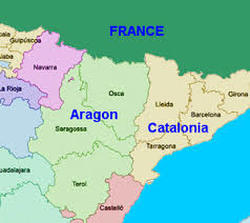 And then there is Garnacha, Grenache or Cannonau, all the same grape, but hailing from different parts of the world. Garnacha is the Spanish name for this varietal, which originated in the northern region of Spain, in an area called Aragon, bordering France. Eventually, the grape found its way to Southern France, in the region of Languedoc-Roussillon and the French called it Grenache. The grape also spread to the island of Sardinia, Italy and was given the name Cannonau. There are those that believe the grape originated in Sardinia and plantings were then taken to Spain by the Aragonese. Grenache is the most recognized name internationally and although it is grown worldwide, Spain, France, Australia and the United States have the most sizable plantings. Grenache is a red grape varietal that grows best under hot and dry conditions and ripens late in the growing season, producing Grenache-based wines with higher alcohol levels reaching up to 16%. The vines can be trellised or freestanding bush vines which are hardy and resistant to wind and drought. The skin of the berry is thin. Generally speaking, the characteristics of Grenache wines can be robust, flavorful, and juicy, exhibiting notes of red berries, strawberry, raspberry and white pepper. The wines are usually medium-bodied with mild to medium tannins. Of course, origin and terroir will help dictate how bold, fruity and complex the wine will be. The versatility of this grape is boundless and is widely used as a blending grape in such famous regions as Châteauneuf-du-Pape and Priorat, among other regions worldwide. It is used to make many rosés, fortified Port-style wines and is often blended with bold grapes such as Tempranillo. Garnacha/Grenache is also gaining momentum again as a single varietal, producing rich berry and spice flavors. Today’s focus is on Garnacha, a single varietal from Spain. Bodegas Breca, founded by Jorge Ordóñez in 2010, is located in the town of Munébrega. Ordóñez’s goal was to produce the finest Garnacha in Aragón by using the most ancient and genetically untouched clone of Garnacha in the world. The vineyards are located in D.O Calatayud, Spain’s highest region for the production of Garnacha. The vineyards were planted between 1900 and 1975 with the original clones of Garnacha in slate dominant and quartz soils. Bodegas Breca is 100% Garnacha de Aragón made from the oldest bush vine clones planted between 1900 and 1940. The color is cherry red with intoxicating aromas of ripe berries, cherry and sweet spice. The palate is layered with dark berries, plum, black cherry and pepper. This is a rich and succulent wine with smooth tannins and balanced acidity. Hints of oak, plum and pepper continue on the finish. This is most definitely a wine with unforgettable character! Alcohol: 16.5% SRP: $18 In the next few weeks I will be writing about Grenache blanc, a varietal related to the red grape Grenache.
So, whether it is Garnacha, Grenache or Cannonau, this is a worthy grape to know. Cheers! Penina To leave a comment or if you have an inquiry, please contact me at [email protected] 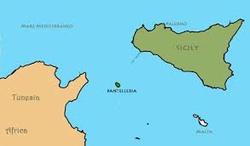 All it took was opening a bottle of wine to transport me back to the enchanting island of Pantelleria that I visited this past April with my gracious host, Donnafugata. The 2016 Donnafugata Lighea Zibibbo Sicilia is 100% Zibibbo (Muscat of Alexandria) and is produced on the Sicilian island of Pantelleria. Zibibbo is an aromatic grape originally from Egypt that ancient Arab settlers brought to the island. “Zibibbo” comes from the Arabic word “zabib” which means “raisins”. In addition to the zibibbo wines, Moscato and Passito di Pantelleria are made from this sweet grape. Lighea is a dry version of Zibibbo. Although the aromas would lead one to believe that they are about to drink a sweet wine, you are in for a pleasant surprise. Donnafugata has created a beautiful balance of mildly sweet and dry wine. The color of Lighea is light yellow with exotic aromas of tropical fruit, oranges, stone fruit, honey and hints of white flowers. The palate is layered with apricots, citrus fruit and salty mineral notes. Lemon zest and apricots linger on a very long finish! Yummy!! This wine drinks well as an aperitif or serve it with fish, pasta and appetizers. Alcohol: 12.38% SRP $20 As always, there is a story behind Donnafugata labels. “From the disheveled tresses the color of the sun, seawater flowed over the green, wide-open eyes.” Thus Giuseppe Tomasi di Lampedusa describes Lighea, the bewitching siren and principal figure in his novel. She has inspired the creation of a complex and innovative wine and an equally original label. “It was not easy to print this label”, Gabriella (founder of Donnafugata, with her husband Giacomo) recalled, “and preserve the thousand shadings of colors of Pantelleria Island, painted in the original drawing.” As I inhale the aromas of Pantelleria Island and sip this lovely wine, my thoughts return to a magical day. Pure bliss! To learn more about Donnafugata and Pantelleria island, please read my story: Day 575 Donnafugata A 360 Degree Tour - The WineKnitter http://thewineknitter.com/1/post/2017/05/day-575-donnafugata-a-360-degree-tour.html
Cheers! Penina To leave a comment or if you have an inquiry, please contact me at [email protected] 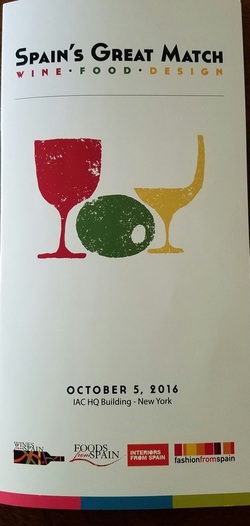 It was a beautiful day for touring the wine regions of Spain at Spain’s Great Match Wine Food Design event. There were more than 300 wines to taste from seven wine regions and culinary treats to savor from New York’s top Spanish restaurants. There were thirty-five featured denominations of origin represented in addition to several wine seminars being offered. It was a whirlwind event and I learned a lot. Spain is no stranger to wine making with a history dating back at least three thousand years. The Phoenicians planted grapes around 1100 BC in what is known today as the Sherry region. Wine commerce ended with the arrival of the Islamic Moors in 711 AD and did not commence again until the Moors were defeated in 1492. Jumping ahead to the present, according to the International Organization of Vine and Wine, as of 2015, Spain ranks 3rd in wine production, with Italy and France taking the lead. An interesting fact: Spain has more land devoted to vineyards than any other European country. Over 400 varieties of grape are planted throughout Spain. Here is a very small list of principle indigenous grapes. Tempranillo is Spain’s most famous and noble red grape. Garnacha, Mencía, Monastrell and Cariñena are just a few of Spain’s other noted red grapes. Albariño, Verdejo, Godello, Palomino, Malvasía Moscatel and Xarel.Lo are among some of Spain’s well-known white grapes. In future posts, I’ll be talking about Cava Sparkling Wine, Spain’s answer to Champagne and Sherry, a fortified wine that originated in Spain. In the meantime, I have put together a mini slide show to give you a "taste" of the event, because sometimes a picture is worth a thousand words! And yes, the wines were delicious and memorable! Just click on the photo to pause, forward or reverse. Have a great weekend!
Cheers! Penina 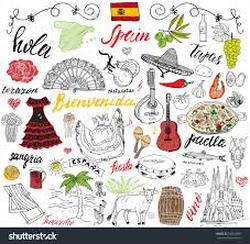 It’s a perfect day for a trip into the Big Apple. I’m attending Spain’s Great Match: Wine Food Design. In addition to a walk around tasting, I will be attending a few seminars as well. 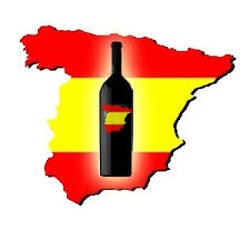 I’m sure I will have lots to share with you upon my return from “Spain”. Have a great Wine Wednesday!
Cheers! Penina 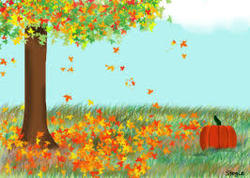 A chill is in the air and the leaves are slowly changing, creating bursts of color here and there. I finally gave in yesterday and turned the heat on in my home for a short while just to get rid of the rawness. It was also time to make a big vat of my popular vegetable soup. I loaded up the pot with carrots, turnips, parsnips, celery, squash, shallots and onion and let it simmer for about 90 minutes adding dill and parsley for the last 20 minutes. I then pureed it all and poured it back into the pot. Peas, corn and beans were mixed into the puree, creating a very healthy and hearty soup! 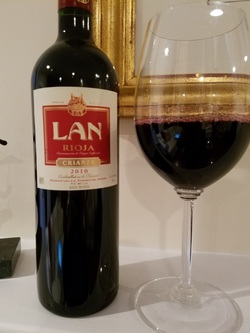 In anticipation of a Spanish wine tasting I will be attending next week, I opened a 2010 Lan Crianza Tempranillo from Rioja, Spain to serve with the soup. The wine is 100% Tempranillo grapes and aged for one year in oak barrels that are American and French oak incorporated into one barrel. This full-bodied wine had intense aromas of cherry, spice and hints of floral. The palate offered cherry, red berries, silky tannins and hints of oak and vanilla on the finish. It was a good pick for the soup! Everyone enjoyed it! Alcohol: 13.5% Price: About $14 http://www.bodegaslan.com  Now it’s time to make more pumpkin muffins! Someone has been eating them up! Have a great weekend!
Cheers! Penina  Once again, I’m taking a deep breath and exhaling. The last 24 hours has really tested my patience for insensitive people and chronic complainers. However, it’s a brand new day and it's getting closer to the weekend! Yippee!! 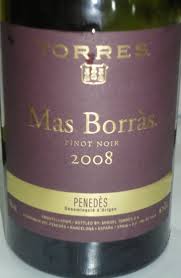 I need to backtrack to Tuesday night. A mellow evening with a good friend and a bottle of 2008 Miguel Torres Mas Borràs was pure bliss. This 100% Pinot Noir comes from a small single vineyard in the Penedes region of Spain, close to the Mediterranean. The color was deep garnet with heavenly aromas of cherry, pomegranate, spice and rich loam. The palate was packed with red fruit, purple plums and a hint of spice. Soft tannins and a jammy mouth-feel gave way to a long and silky finish. http://www.torres.es/en/home  This might be a good night to curl up by the fire with a good book and a snifter of cognac. Have a great Thursday! Cheers! Penina  I’m back! I took a few days longer than anticipated to bask in some much-needed R and R. Upon my return to the land of reality, I was inundated with wonderful visits from friends and family. 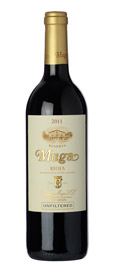 In addition to many holiday treats, one of my visitors brought over a Bodegas Muga Reserva 2011 from Rioja, Spain that he thought worth tasting. Made mostly with Tempranillo grape, it also has a little Garnacha, Graciano and Mazuelo grape mixed in. Everything is fermented in oak vats and then aged for one year in new French oak barrels and yet another year in used ones. Needless to say, this ruby colored wine had heady oak aromas along with spices and dark fruit. The palate was medium bodied with dark cherry, plum, pepper, cloves and a hint of vanilla. Tannins were soft and the finish was long. The roaring fire, company and tapas rounded out the tasting experience! http://www.bodegasmuga.com I have much to catch up on and will do so over the next few posts.
Have a great Tuesday! Cheers! Penina |
Categories
All
|

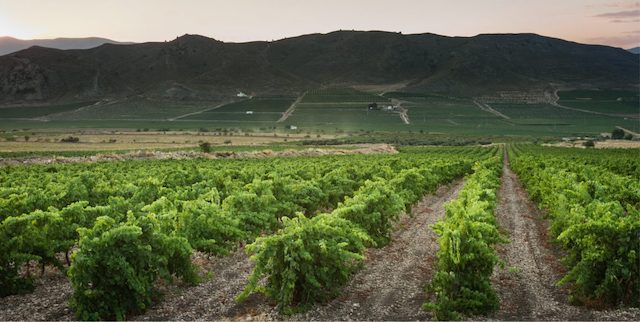
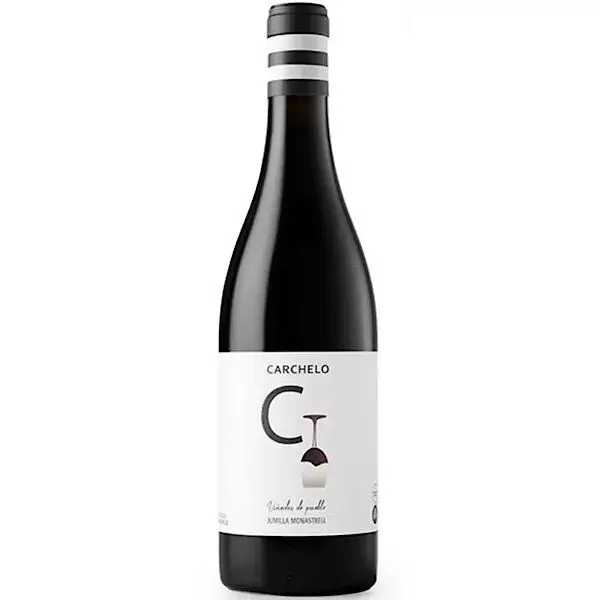
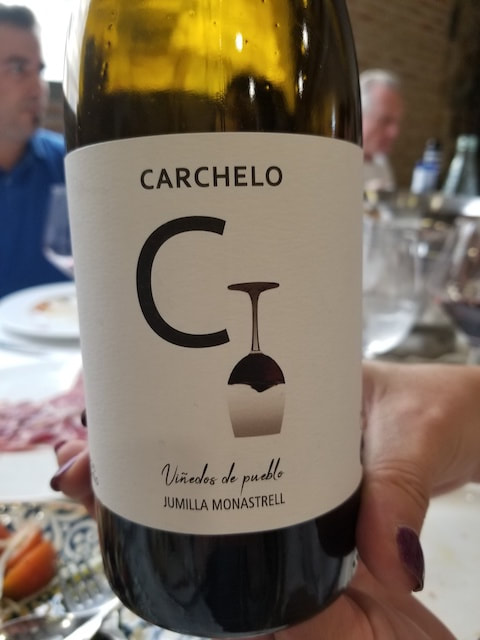
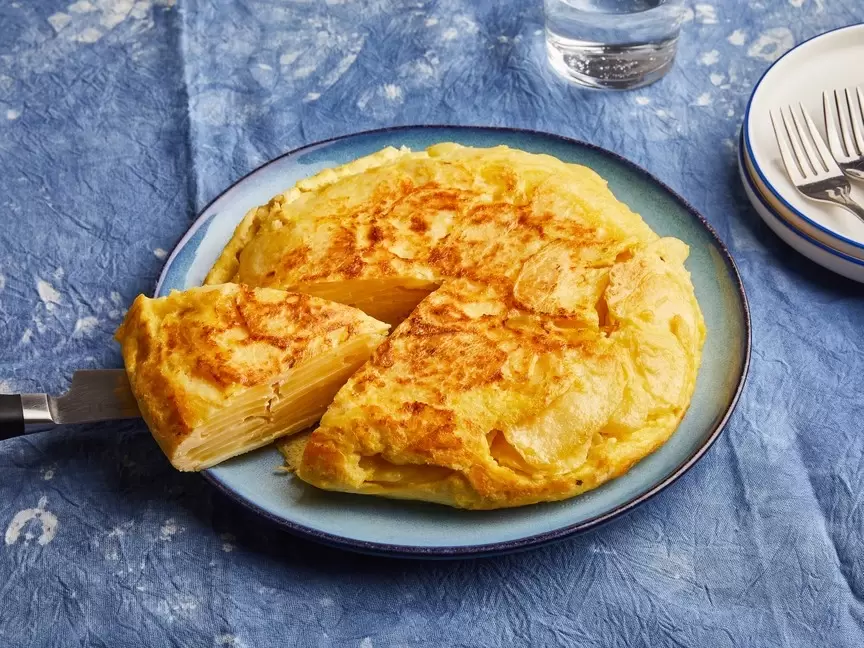
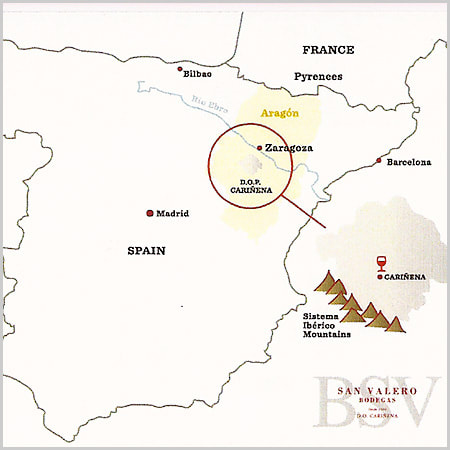
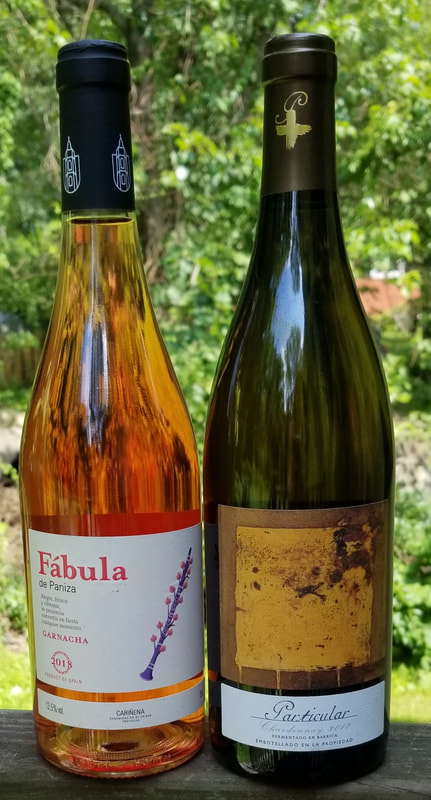
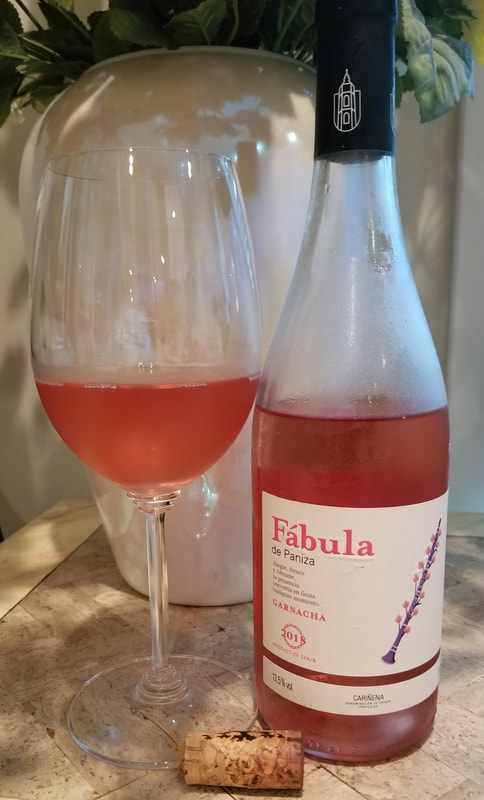
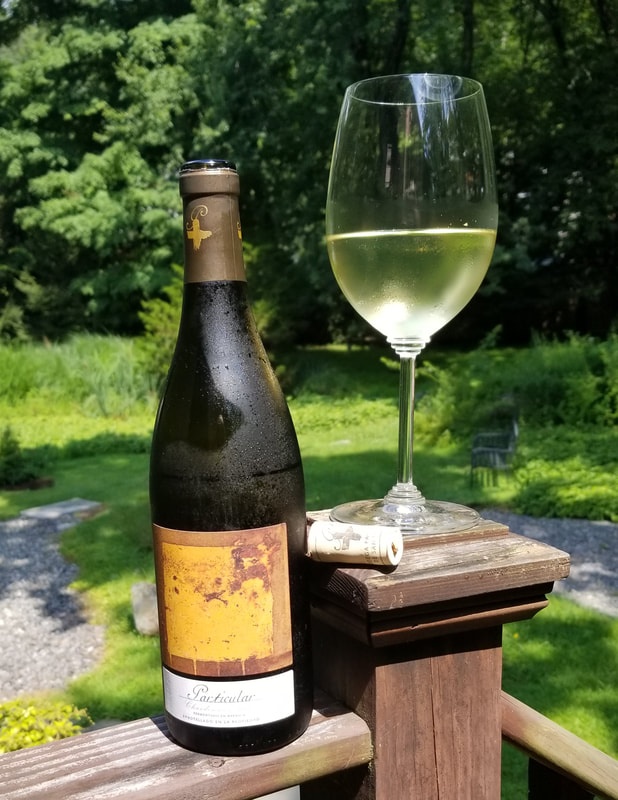
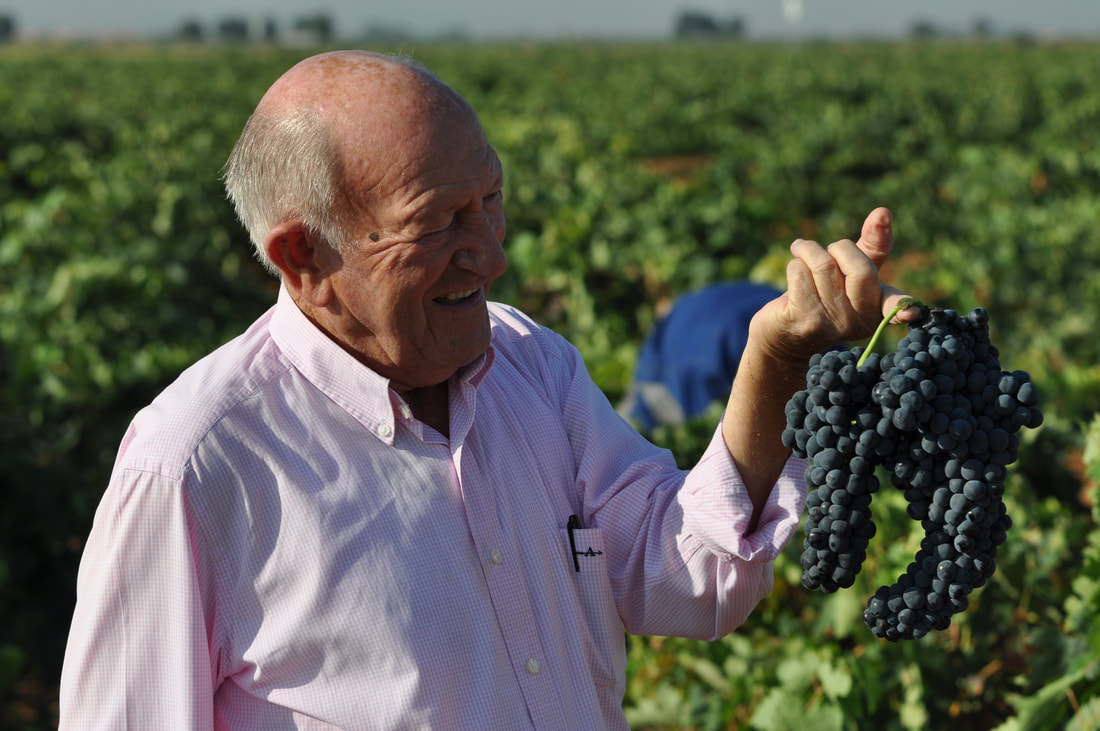
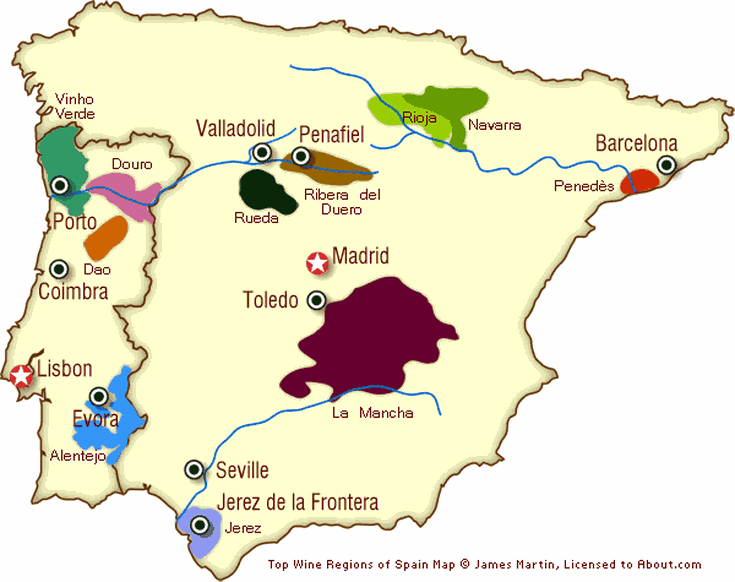
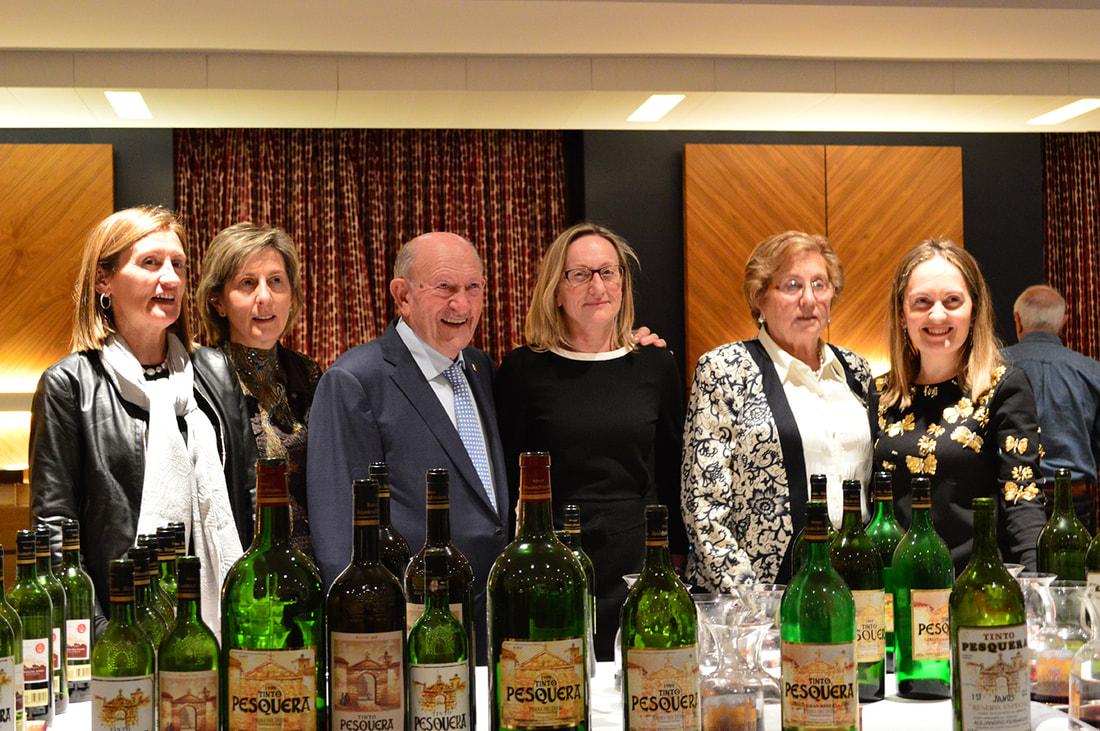
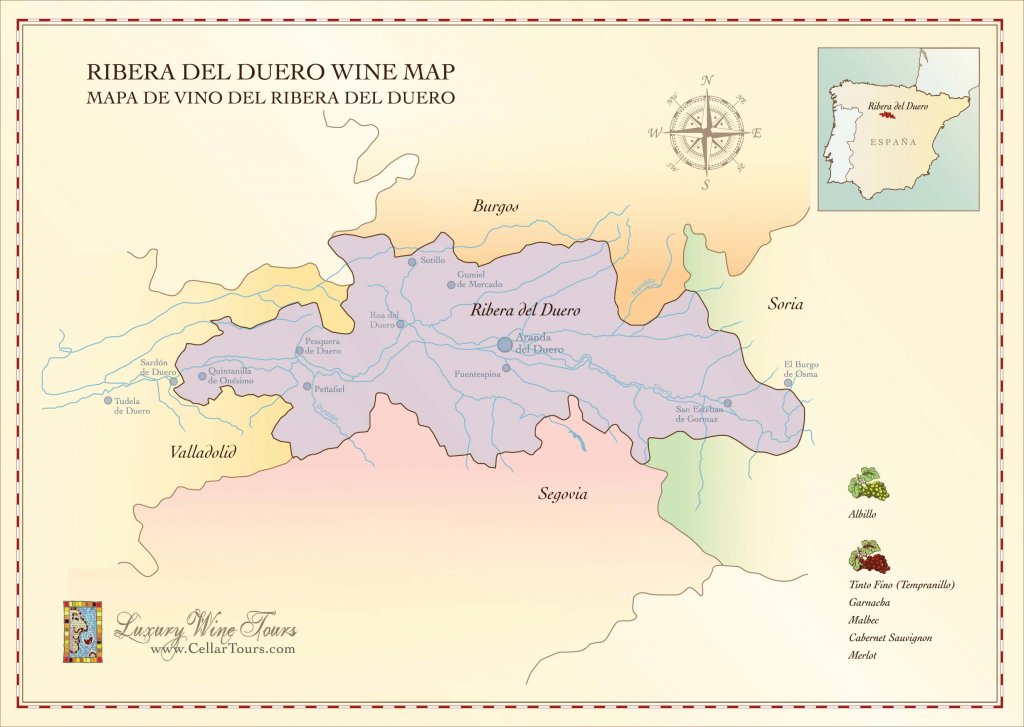
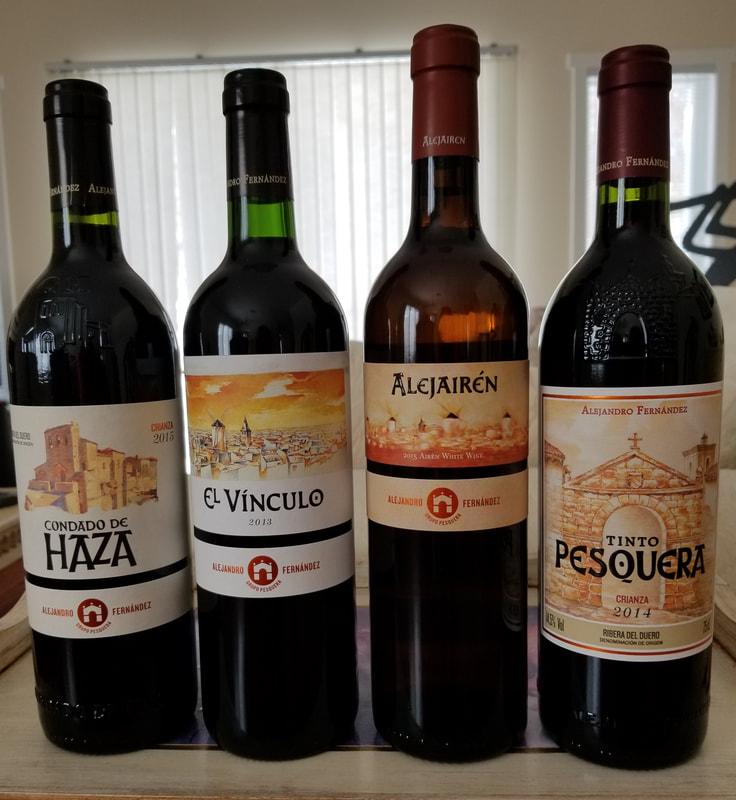
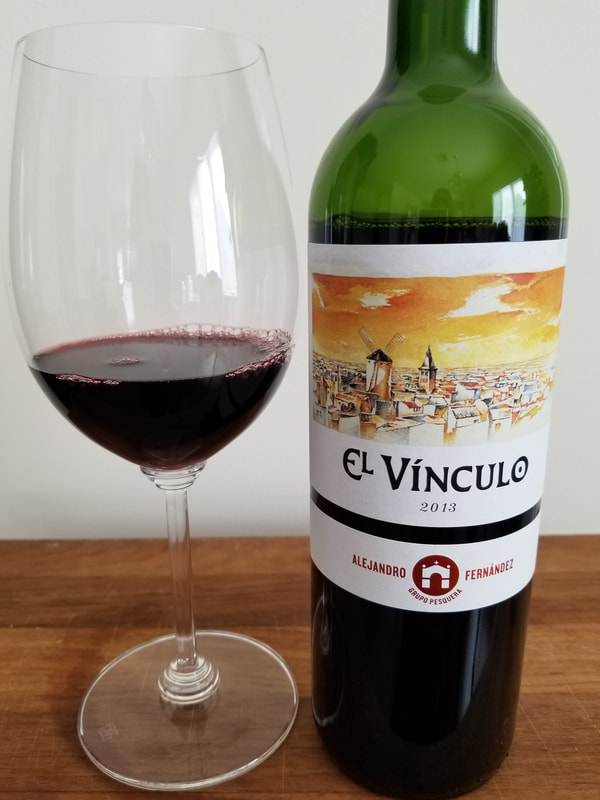
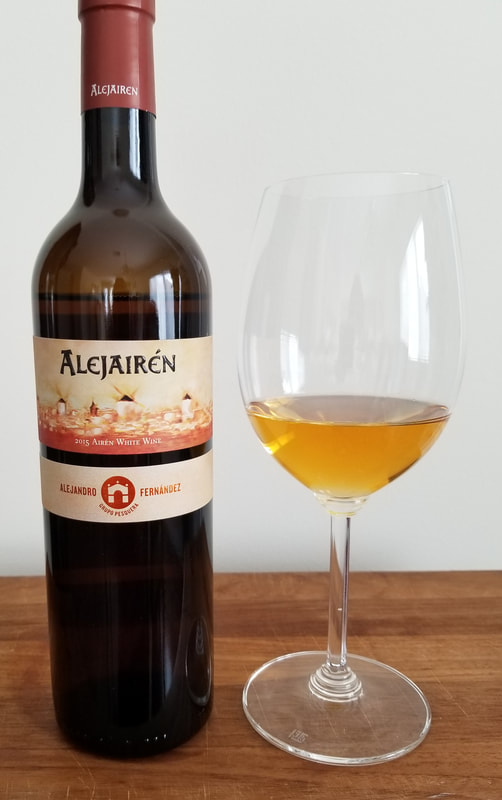
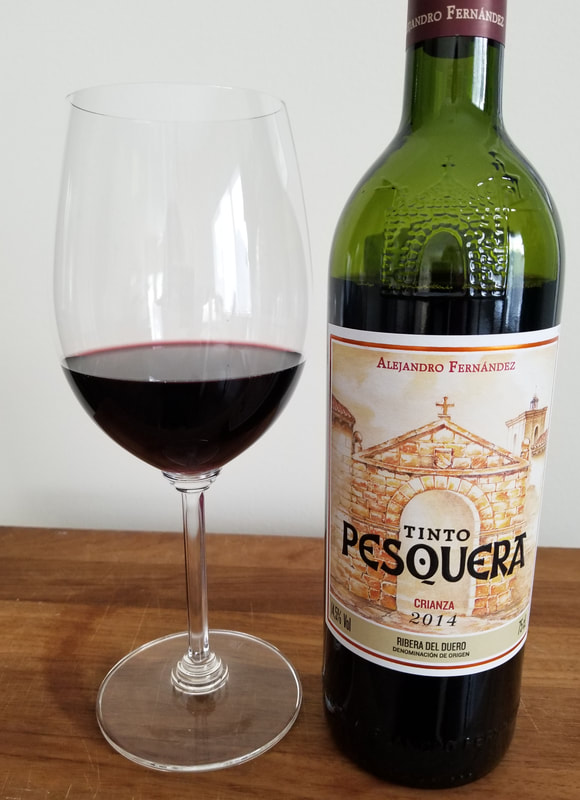


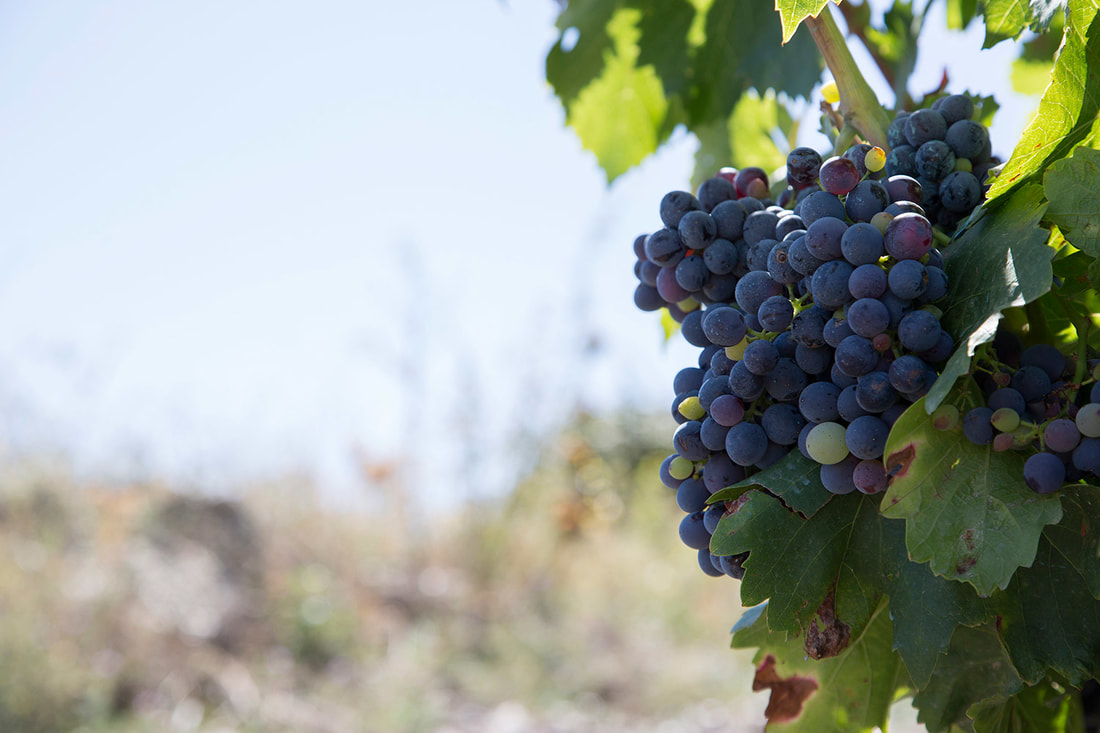
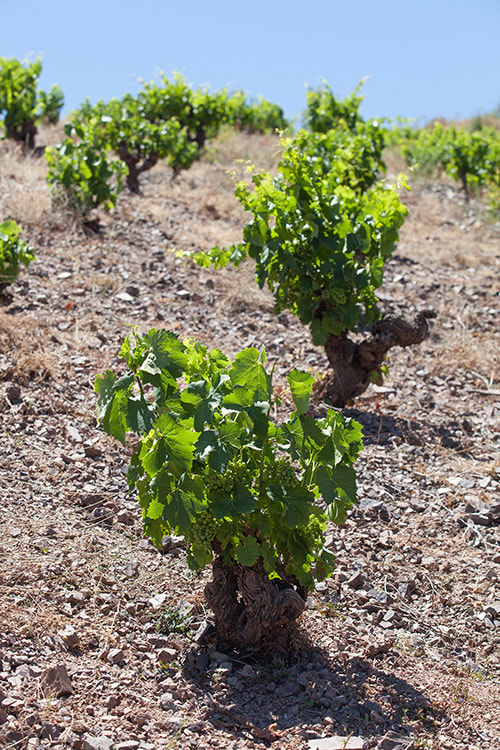
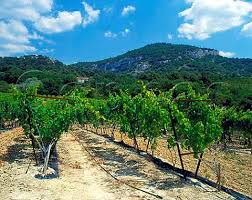
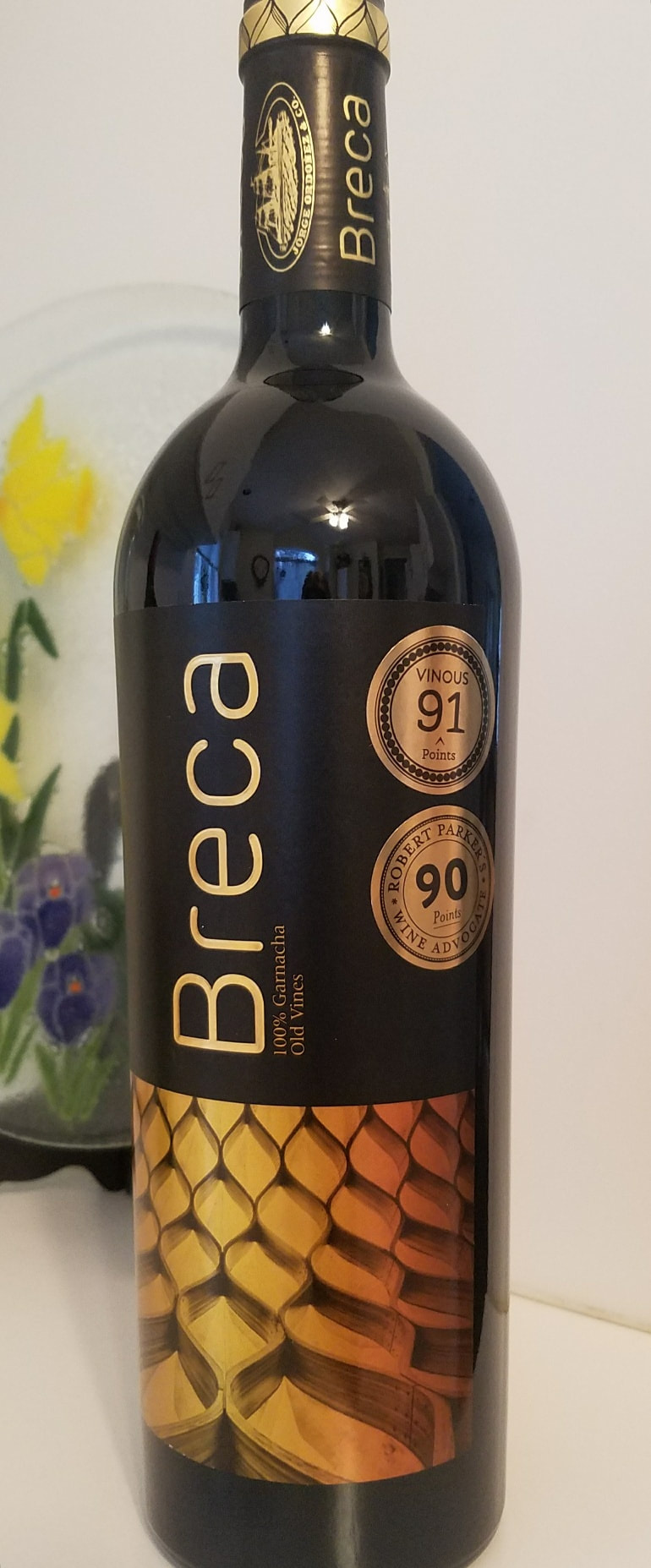
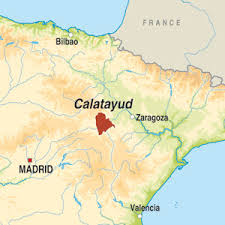
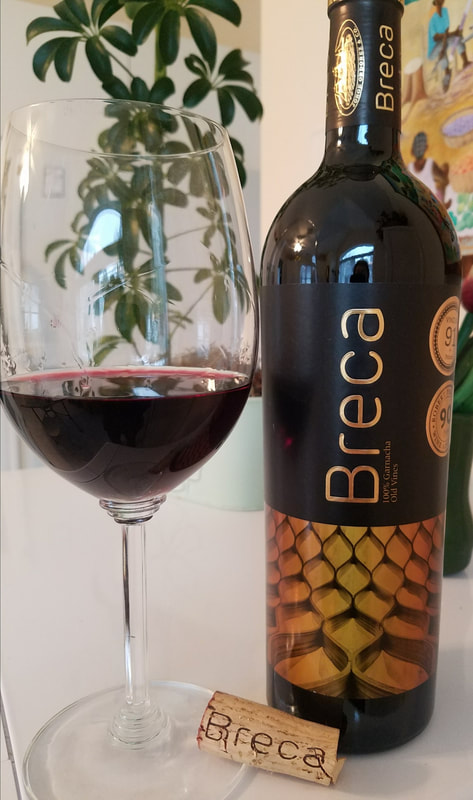
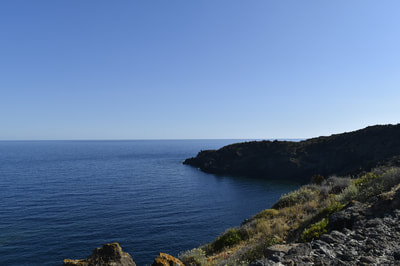
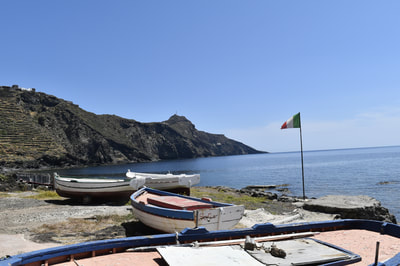
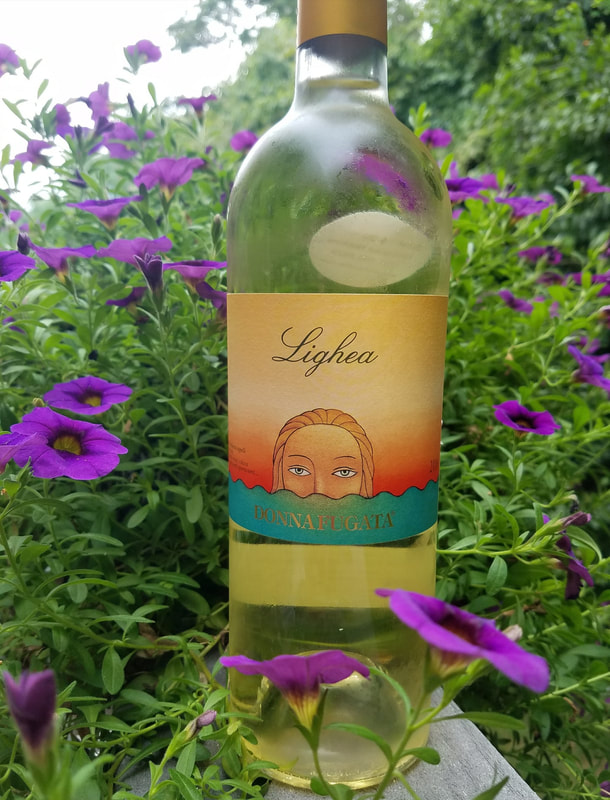
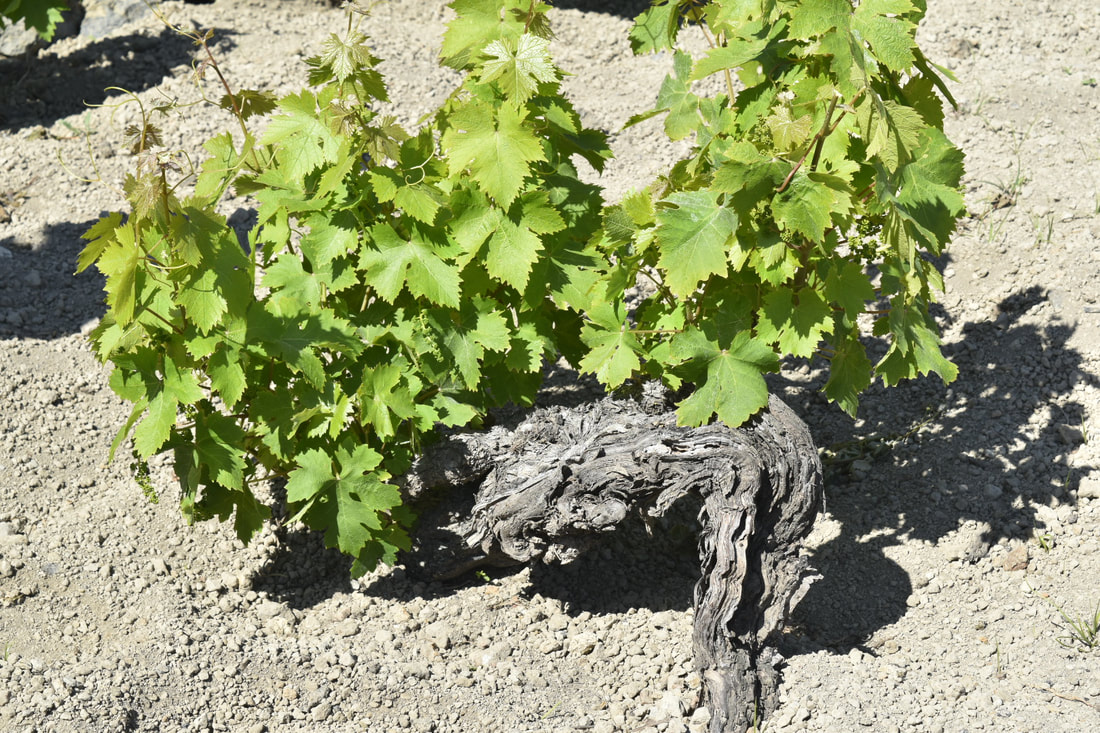
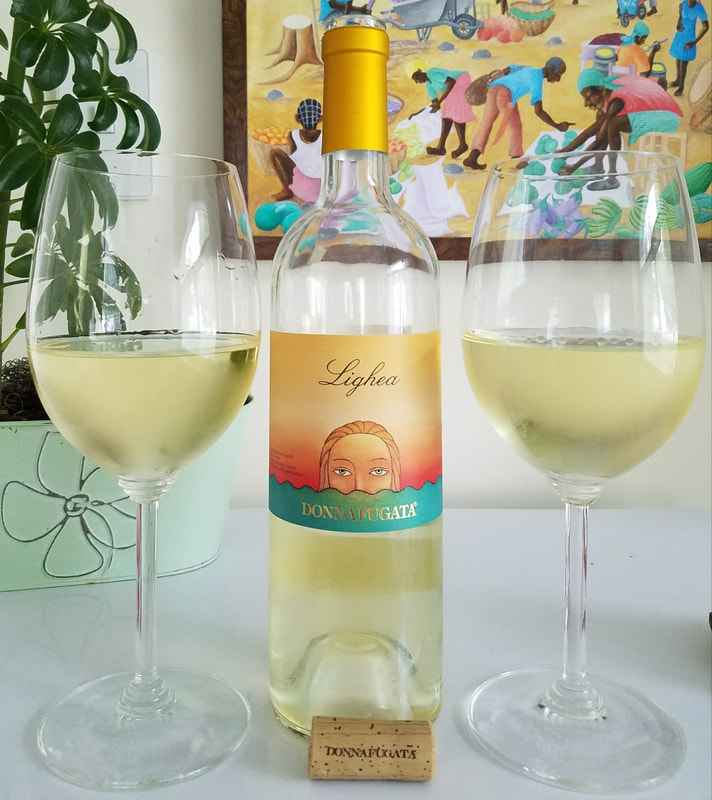
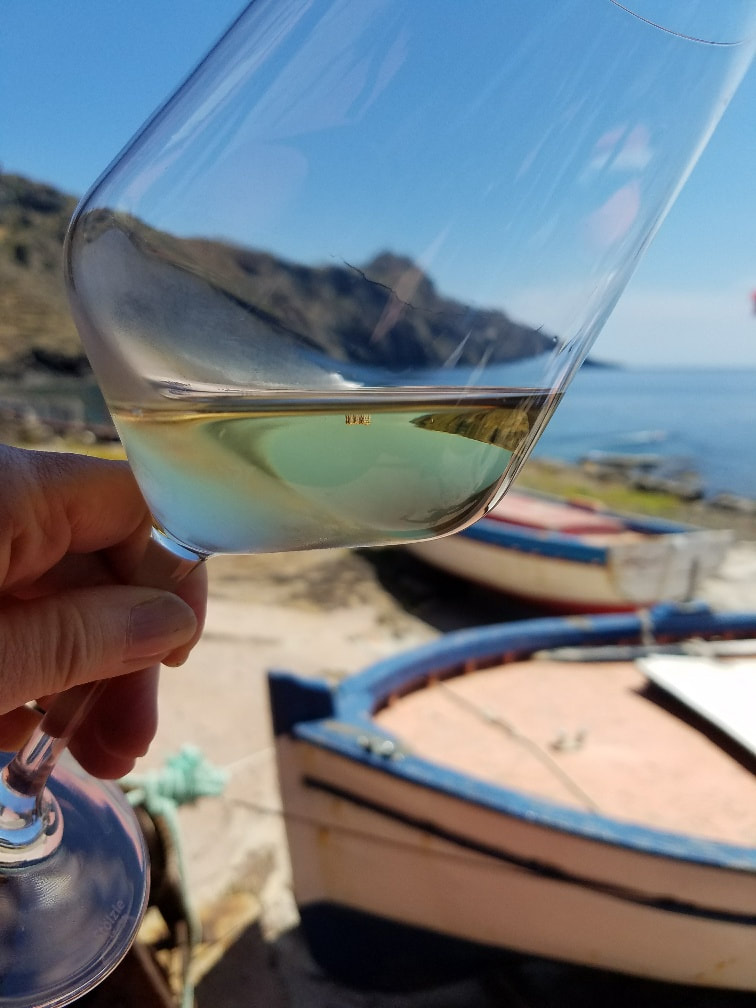
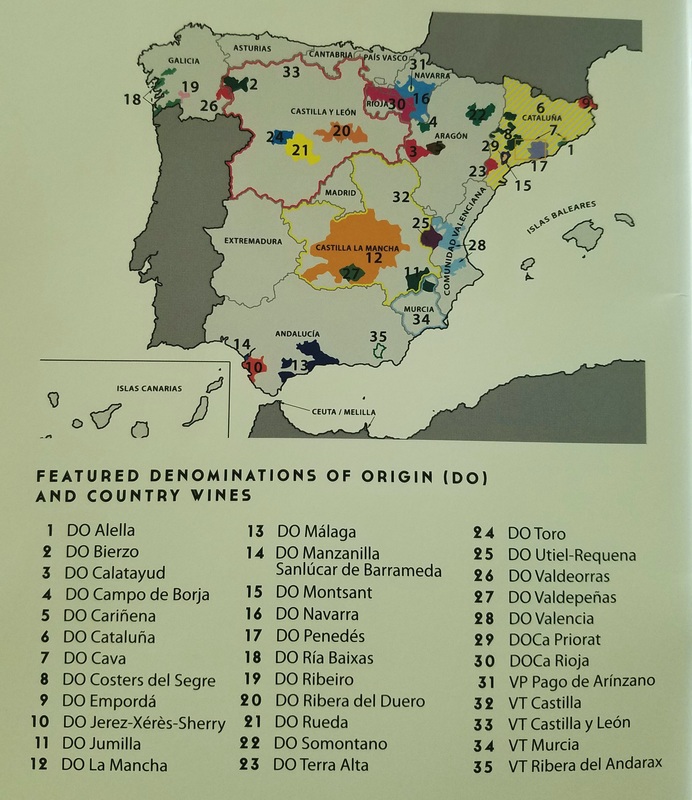
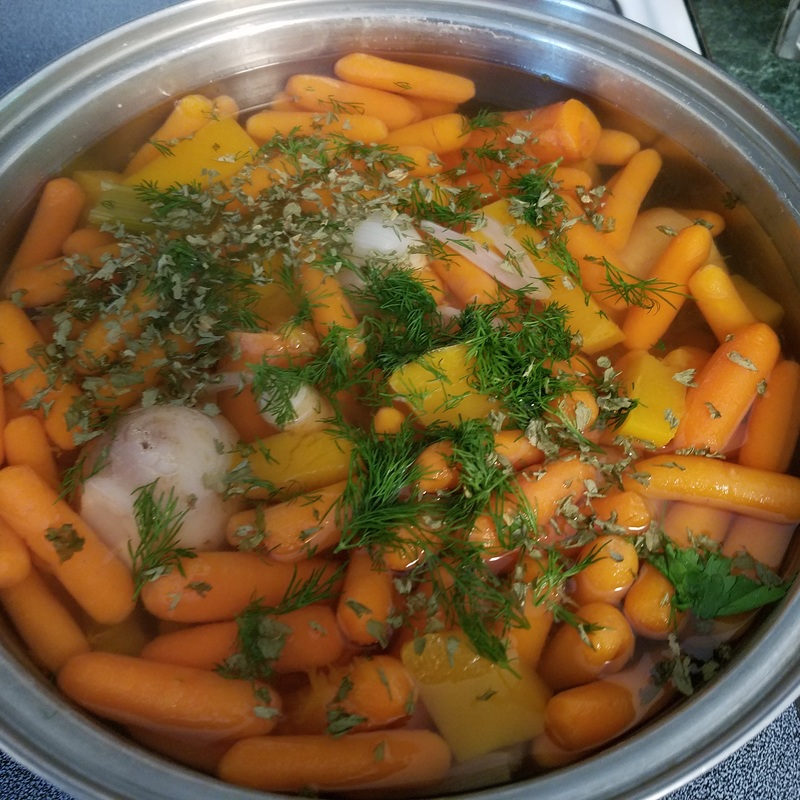
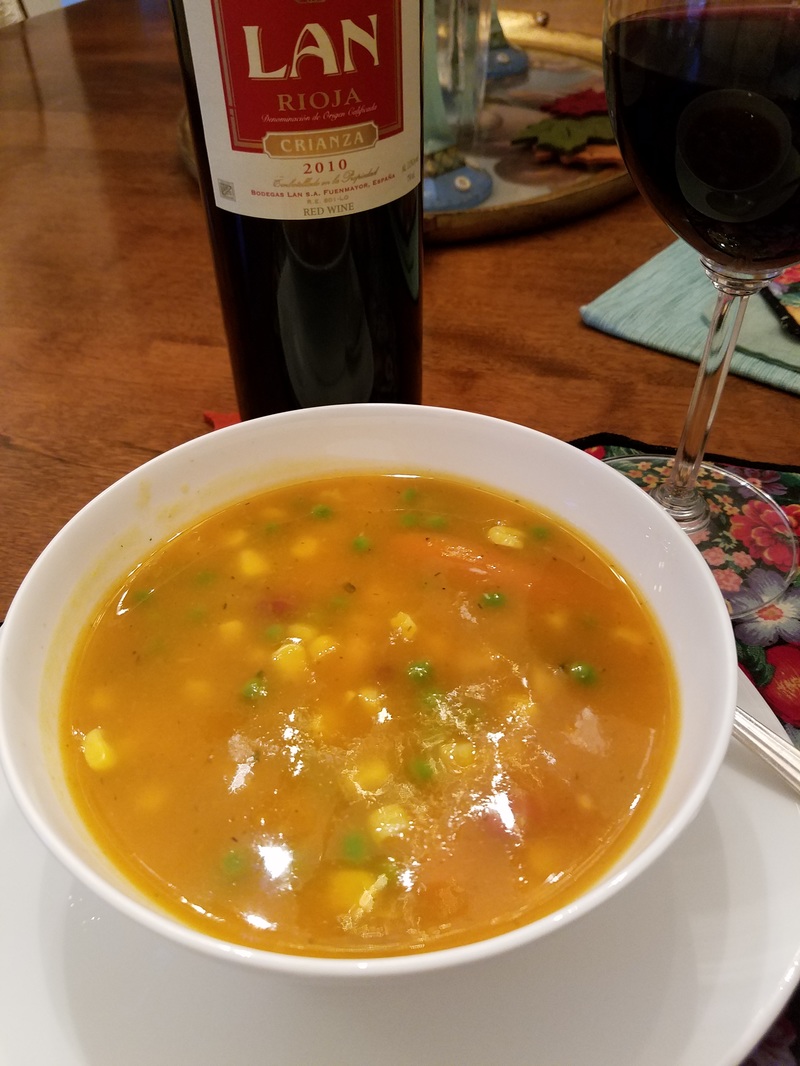
 RSS Feed
RSS Feed